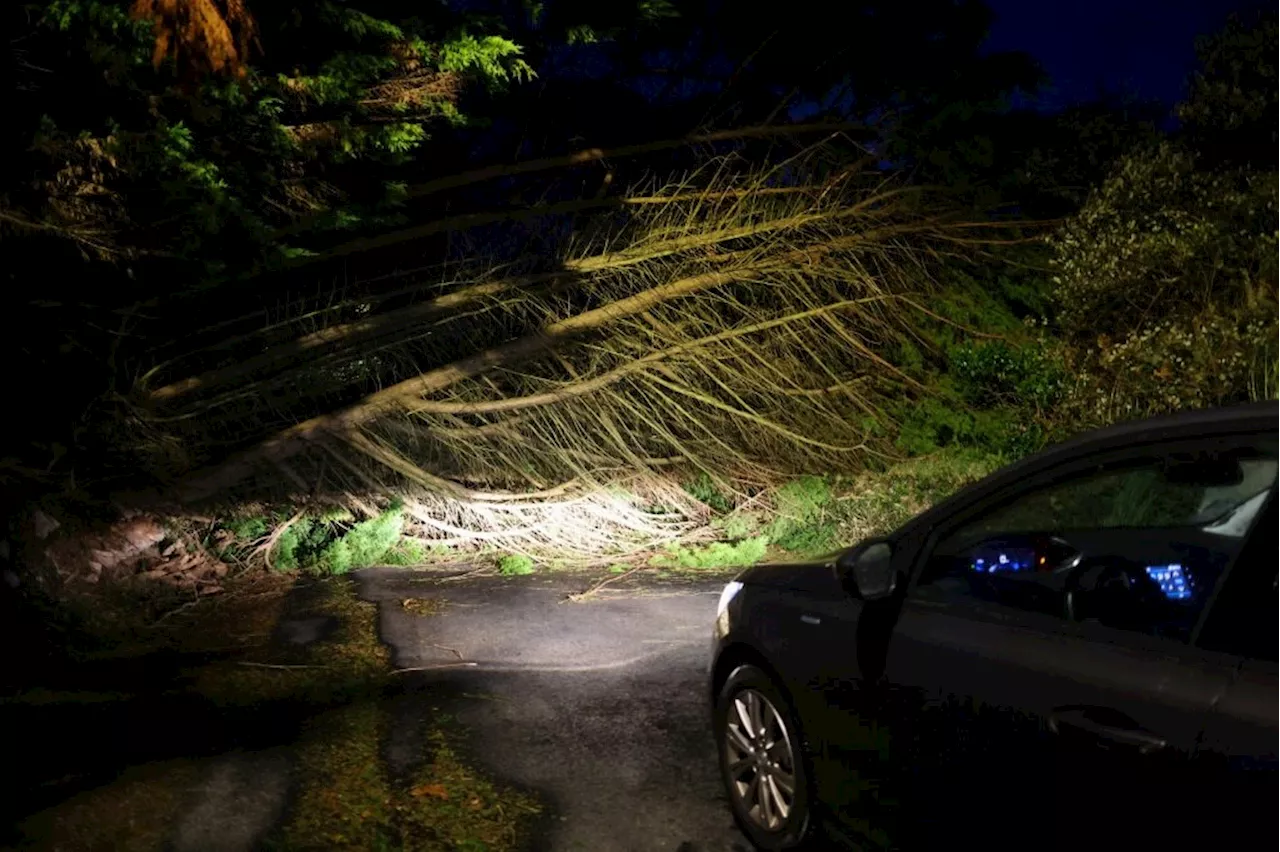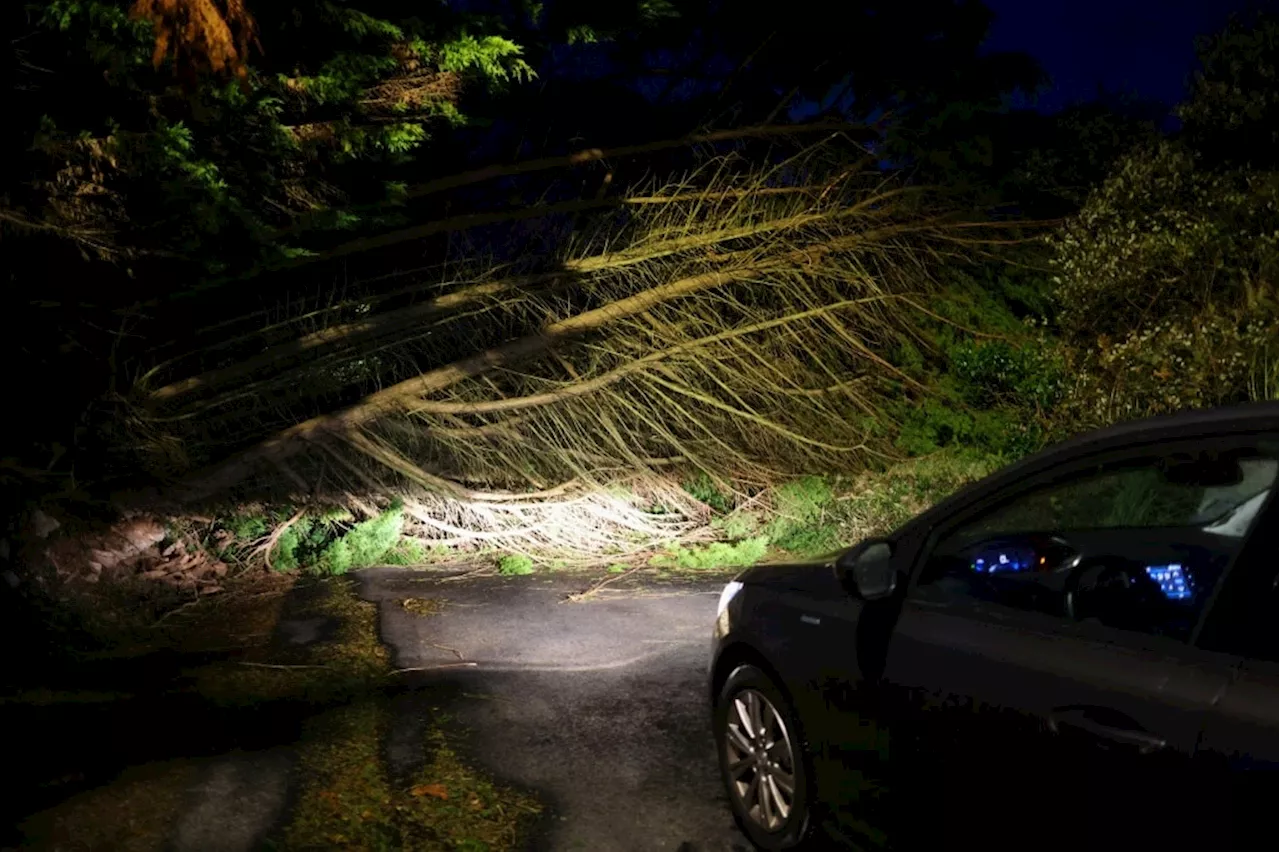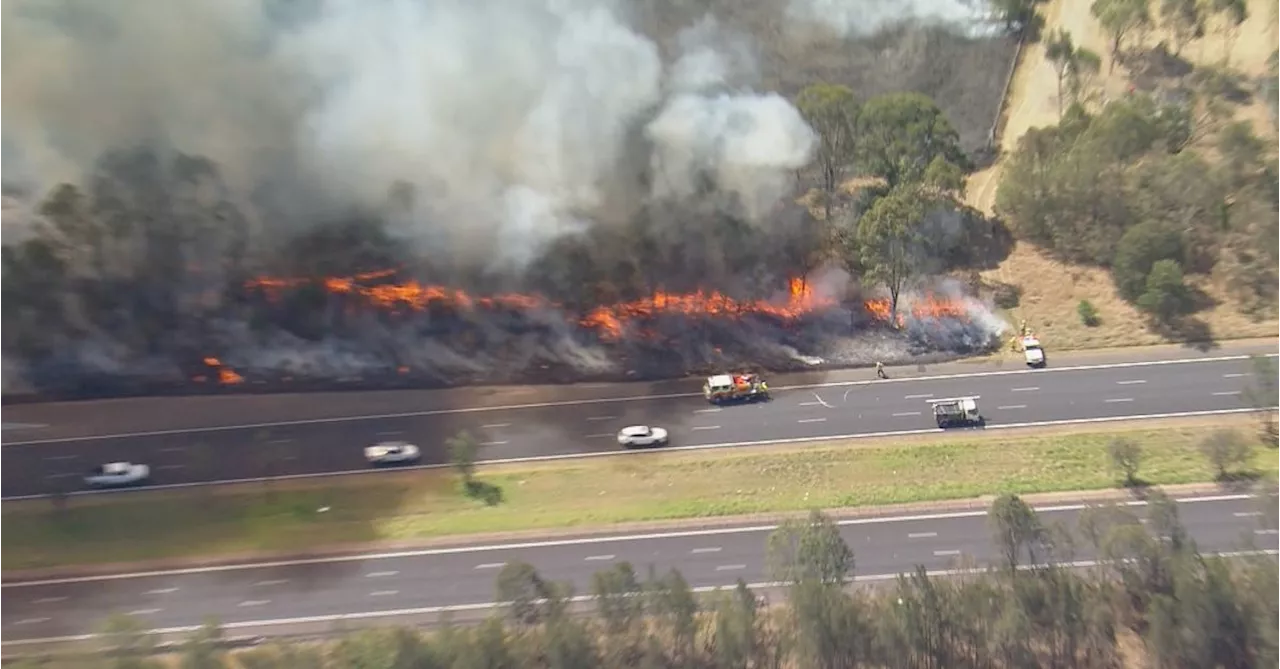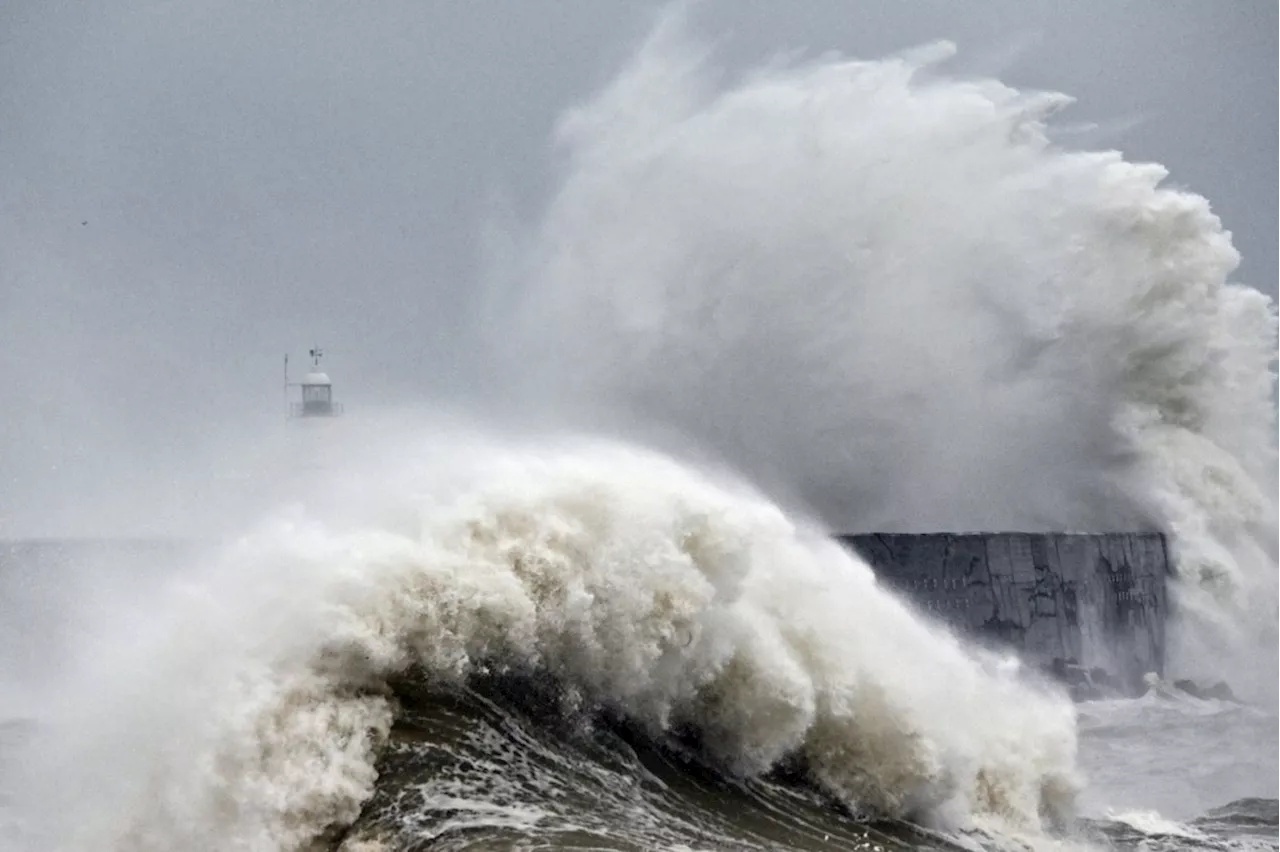Five people were killed by falling trees as Storm Ciaran battered Western Europe on Thursday, bringing record winds as high as 200 kilometres per hour, floods, blackouts and major travel disruptions.
Some 1.2 million French homes lost electricity overnight as the storm lashed the northwest coast, and most remained without power on Thursday.
The prefect for the local department said gusts as high as 207 km/h were recorded at Pointe du Raz on the tip of the northwest coast, while the port city of Brest saw winds hit 156 km/h. The Netherlands urged people to stay home and more than 200 flights were cancelled at Amsterdam's Schiphol Airport, a major European hub.Roosmarijn Knol, weather forecaster for Dutch public broadcaster NOS, said the timing of the storm was important.
The effects of the storm were felt as far south as Spain and Portugal, with Spanish authorities warning of waves as high as nine metres along the Atlantic coast.
Australia Latest News, Australia Headlines
Similar News:You can also read news stories similar to this one that we have collected from other news sources.
 Western Europe hit by record winds of Storm CiaranAfter battering northern France with record winds of 200 kilometres per hour that killed a lorry driver, Storm Ciaran headed north on Thursday with Britain on high alert amid warnings of flooding, blackouts and major travel disruptions.
Western Europe hit by record winds of Storm CiaranAfter battering northern France with record winds of 200 kilometres per hour that killed a lorry driver, Storm Ciaran headed north on Thursday with Britain on high alert amid warnings of flooding, blackouts and major travel disruptions.
Read more »
 France, Britain hit by record winds of Storm CiaranStorm Ciaran battered northern France with record winds of nearly 200 km per hour killing a lorry driver as southern England remained on high alert Thursday and rail operators in several countries warned of traffic disruptions.
France, Britain hit by record winds of Storm CiaranStorm Ciaran battered northern France with record winds of nearly 200 km per hour killing a lorry driver as southern England remained on high alert Thursday and rail operators in several countries warned of traffic disruptions.
Read more »
 Butcher’s Crossing review – Nicolas Cage keeps quiet in buffalo-hunting westernCage leads a strong cast into the wilderness in an adaptation of John Williams’ punishing novel that cannot quite convey the full horror of its events
Butcher’s Crossing review – Nicolas Cage keeps quiet in buffalo-hunting westernCage leads a strong cast into the wilderness in an adaptation of John Williams’ punishing novel that cannot quite convey the full horror of its events
Read more »
 Children evacuated after grass fire erupted near western Sydney schoolA motorway was closed and water bombing aircraft called in to protect properties in the firing line of the rapidly-moving blaze.
Children evacuated after grass fire erupted near western Sydney schoolA motorway was closed and water bombing aircraft called in to protect properties in the firing line of the rapidly-moving blaze.
Read more »
